No products in the cart.
Hair extensions before and after
What are fusion hair extensions? A revolution
There are many types of hair extensions that have become very popular in the beauty world, such as tape-ins, clip-ins, and weave hair extensions. However, the most long-lasting, also known as permanent hair extensions, are fusion hair extensions.
While the term gets thrown around in the hair industry, many of us might not know what are fusion hair extensions. And if you have yet to have one, you might also be curious about how they became popular and what their pros and cons are.
In this article, Jen Hair is going to explain everything you need to know about fusion hair extensions.
What are fusion hair extensions?
First of all, what are fusion hair extensions? Fusion hair extensions are the type of hair extensions that use adhesive to attach the extension hair to the natural hair.
During the application, they use a small amount of keratin (a protein that is naturally found in real hair), which is melted and attached to the natural hair using a special tool. As fusion hair extensions are bonded to the keratin using heat, creating a secure and long-lasting bond, they can last up to six months with proper care. Fusion hair extensions are suitable for people with fine or thin hair because the bonds are very small and discreet.
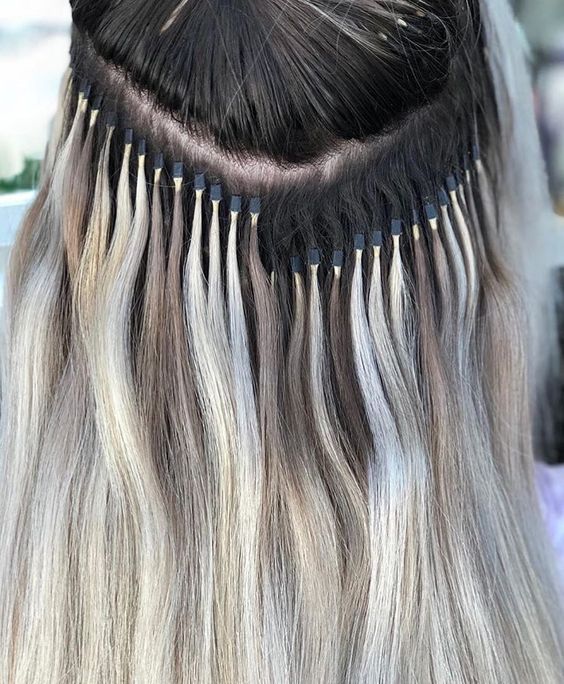
Types of fusion hair extensions
After defining fusion hair extensions, we can acknowledge that this hair extension technique would be perfect for anyone who desires fuller locks and is looking for a flawless hairstyle without spending too much time gussying up in the morning.
However, there are two terms for fusion hair extensions with which you might find yourself getting confused: Cold fusion and hot fusion.
Both forms of the following hair extensions are wonderful in their own way, but they are also called by different names because they are all slightly different. Here are some explanations about these two types of fusion hair extensions:
Hot fusion hair extensions
Hot fusion hair extensions, also called keratin fusion hair extensions or U-tip hair extensions, are one of the original and most proven ways to change your hairstyle. This attaches strands of hair to the client’s head with a keratin-based tip. Hot fusion hair extensions apply a heating element to attach or fuse the keratin bond and extension to the customer’s natural hair.
Since this method is usually made with real human hair, it’s become a favorable choice for both hair beauty professionals and their clients because of its safety, comfort, and long-lasting.
Cold fusion hair extensions
Whereas hot fusion refers to U-tip hair extensions, cold fusion is also known as a popular term for I-tip hair extensions. Unlike the hot fusion extensions, the cold fusion applicator uses ultrasonic waves instead of heat to melt the keratin just enough to make it pliable.
The best feature is that cold fusion extensions don’t require heat. The installation process does not require glue, unlike U-tip hair extensions. Applying cold fusion extensions is simple when using tiny beads. Micro or Nano rings are common names for these tiny beads, which help connect the natural hair with the hair extension.
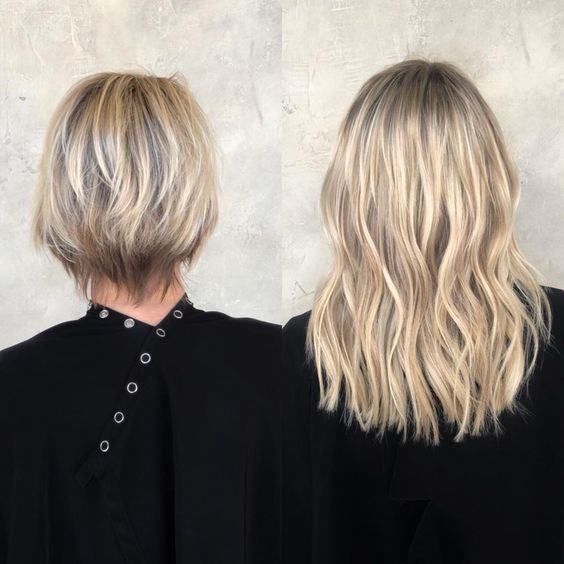
Fusion hair extensions pros and cons
As mentioned, we both know that hot fusion and cold fusion hair extensions are beautiful and seamless hair extensions for people with all hair types and a wide range of styles, making them just amazing for you. Let’s discuss the pros and cons of each method to help you make the right choice!
Hot fusion hair extensions: The pros & cons
The pros
- High aesthetics: Blend seamlessly for all hair types. No one will ever know you’re even wearing hair extensions.
- Suitable for those with sensitive scalps: the keratin bonds of hot fusion are safe and hypoallergenic
- Comfortable and versatile: they can be used for all styles, including braids, ponytails, curls, etc.
- Natural looking: When perfectly applied, they are seamless and look just like your natural hair.
- Long lasting: With proper care and maintenance, hot fusion hair extensions will last you up to 9-12 months with timely reapplication procedures.
The cons
- Long installation process: The installation process is often time-consuming, as it takes between 3 and 4 hours to apply.
- Need regular maintenance: You will need to remove, re-bond, and reapply every 3 to 4 months
- Cannot DIY: Since all the processes require professional skills, you must install them at a salon to avoid hair damage.
- Sensitive to heat: The keratin bond can be melted or damaged when exposed to heat, such as from a curling iron or blow dryer.
- Slight discomfort: A small number of clients have reported that they felt some unpleasant sensations upon installation. With improperly installed hair extensions, you can really get headaches when they are attached too close to the scalp. To avoid these problems, make sure that your hair extension stylist has a lot of experience handling hot fusion hair extensions.

Cold fusion hair extensions: The pros & cons
The pros
- Comfortable to wear: Cold fusion extensions are much lighter and gentler on the hair and scalp than other types of extensions. As a result, these extensions are suitable for consumers with thin and/or weak hair.
- Lightweight: Since the bonds are applied close to the scalp and the extensions are small and flexible, cold fusion hair extensions are less likely to irritate the scalp or cause added weight or pressure.
- Long-lasting: Fusion hair extensions are known for their durability, as they can last for up to 6 months with proper care and maintenance. Clients will not have to replace their extensions for three to six months.
- Prevents burns: This application method eliminates problems like burns and scalp damage as it does not use heat.
- Strong grip: Cold fusion extensions have a strong grip and are less likely to slip out. This is due to the durable bond formulated by the keratin-based adhesive used to connect the extensions to the natural hair.
The cons
- Requires a professional: You’ll need to find a professional hair stylist who is experienced in cold fusion hair extensions because the installation process is quite technical and requires a certain level of expertise.
- Risk of hair damage: Without the correct installation or proper care, the bonds used to attach the extensions can put a strain on the natural hair, leading to breakage or damage over time.
- Potentially high-maintenance: Just like hot fusion hair extensions, these techniques require regular maintenance. To ensure it stays in good condition, cold fusion hair extensions need specific shampoos and conditioners, avoiding excessive heat and water, and regular visits to the salon for touch-ups and adjustments.
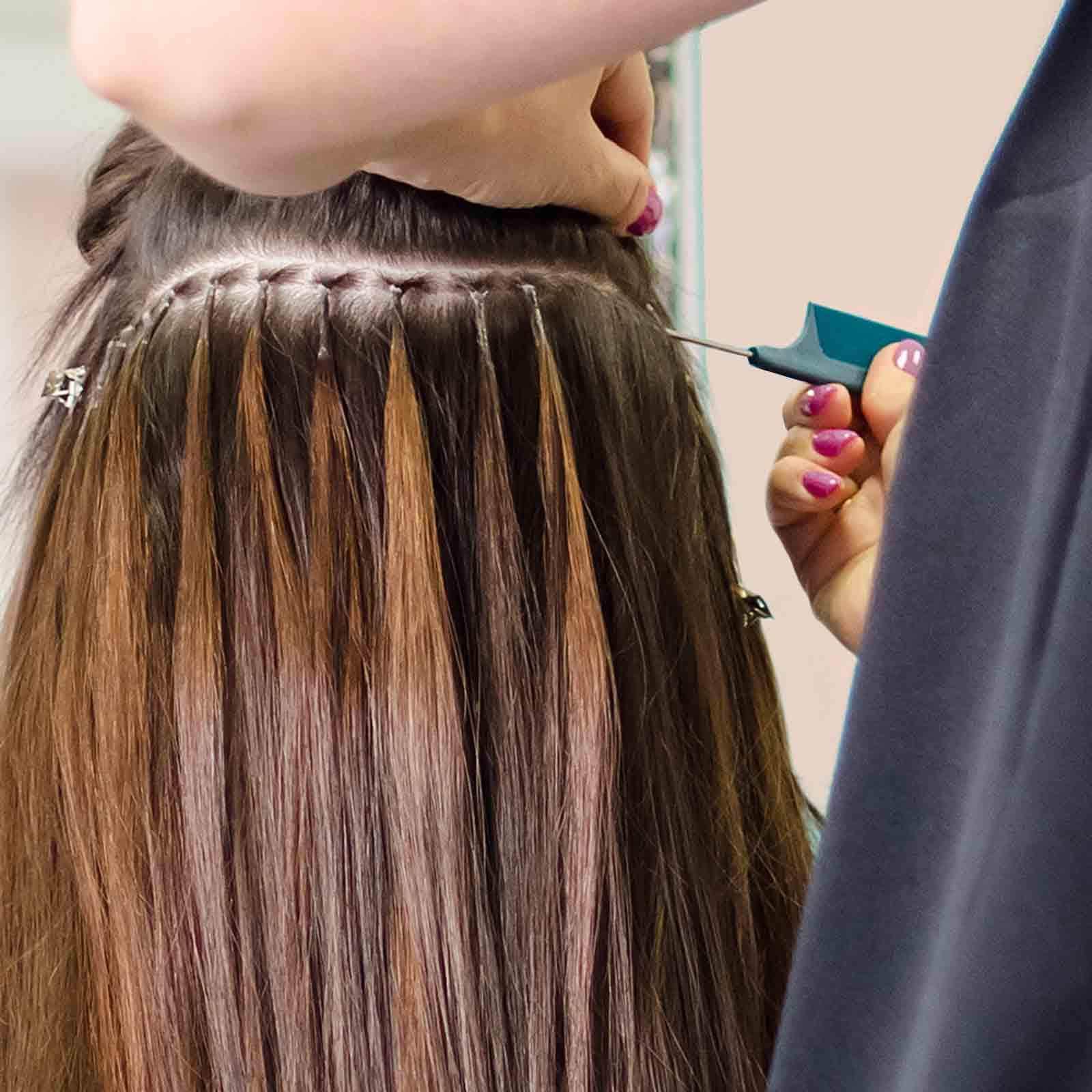
How to install fusion hair extensions?
Both types of fusion hair extensions are typical forms of hair extensions that help beauty lovers achieve flawless and natural-looking hair. Whichever application method you prefer (hot or cold), fusion hair extensions will provide you with a flawless look free from the bumps and bulges that can appear with other kinds of hair extensions.
According to the previous part on “What are fusion hair extensions”, we can acknowledge that hot fusion extensions are applied using heat and cold fusion extensions are applied without a heating element. Therefore, it’s obvious that the two types of fusion hair extensions have different application processes:
Hot fusion hair extension installation
- Step 1: Section a piece of natural hair using a clip.
- Step 2: Position the piece of hair extension onto the natural hair with the adhesive tip just a few millimeters below the scalp.
- Step 4: Use the heat wand to fuse the bond and the extension hair.
- Step 5: Release the bond, let cool slightly, and roll the bond into place.
- Step 6: Do a rotation test and check for crosshairs; reheat and reposition if needed.
- Step 7: Repeat the steps to apply pro tips to other locations until the desired look is achieved.
Cold fusion hair extension installation
- Step 1: Use your fingers or a tall comb to part your hair and secure, where the clips would be placed.
- Step 2: Thread micro rings onto the hook part of a pulling needle.
- Step 3: Grab a piece of your natural hair with the hook. On the other hand, prepare to pull the hair through the microring.
- Step 4: Insert the cold fusion extensions in between the microring and your natural hair.
- Step 5: Slide the micro-ring about 1/2 inch from the scalp. Secure the ring and hair in place, and tightly close the ring with the extension tool.
- Step 6: Repeat the process with other locks to achieve the desired hairstyle.
However, it’s not recommended to install fusion hair extensions by yourself unless you are a master stylist and get support from another person since it’s difficult to install the hair on your back. For the best result, fusion hair extensions should only be done by a skilled and experienced hairstylist.

FAQs
1. How long do fusion hair extensions last?
Both types of fusion hair extensions are famous for their durability, which can last up to three times longer than other types of extensions. Fusion hair extensions can last for up to 6 months with proper care and maintenance.
2. Do fusion extensions damage your hair?
With the correct application and a special adhesive to attach the extension, which is made with 100% human hair, fusion hair extensions guarantee not to damage your natural hair. Throughout the fusion application process, you should not feel any discomfort or pain, just a slight pull as the bonding materials are applied.
On the other hand, improper installation and low maintenance can increase the risk of damage to natural hair over time.
For this reason, it is important to consult with a professional stylist who is experienced in the application of fusion extensions to minimize the risk of damage to natural hair.
Since these kinds of hair extensions are usually very long-lasting and non-damaging, they’re an ideal choice for people who desire to try a longer hairstyle without waiting for their hair to grow. Give it a shot and rock your new hairdo with confidence.
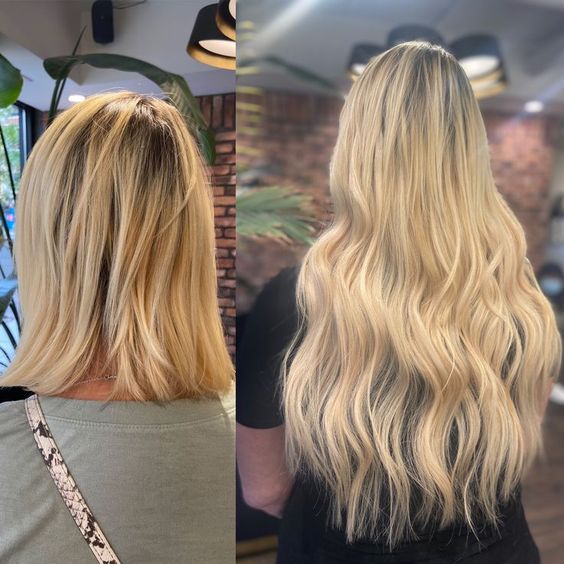
3. What are fusion hair extensions made of?
As stated before, hot fusion hair extensions are made up of individual hairs and keratin-bonding material. Cold fusion hair extensions attach by using flattened microbeads or metal cylinders and latching them onto natural hair, which is made up of several hair strands glued together at the tip. Both of them are great options because they offer easy access to the scalp.
Final thoughts
In conclusion, fusion extensions have many benefits, including being more durable than other methods, lasting much longer, matching all hair colors, and giving you length without damaging your own hair.
However, it’s essential to analyze the pros and cons and consider alternative methods before making a decision on whether fusion hair extensions are the right option for you.
Now that we clearly know what are fusion hair extensions, Jen Hair hopes you find this article useful and keep following us for the latest hair news! Moreover, do not forget to like and share this information with your friends if you find this article helpful!

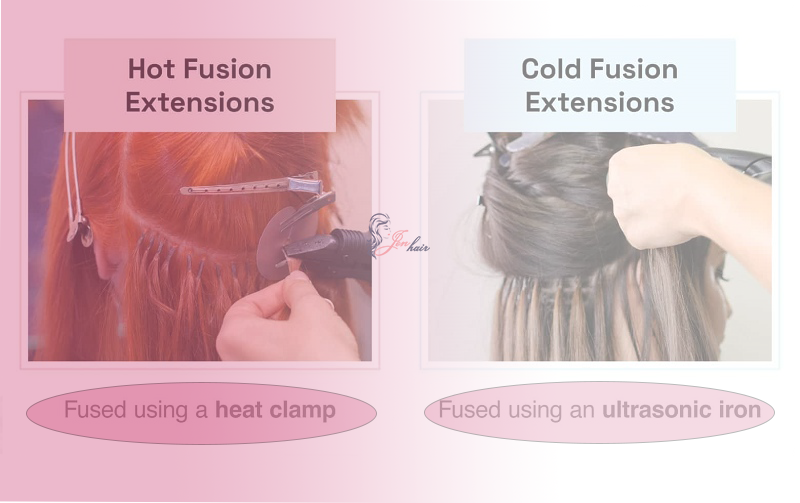 All-in-one Guide about Cold Fusion Hair Extensions in 2024
All-in-one Guide about Cold Fusion Hair Extensions in 2024 Everything about Feather Hair Attachments
Everything about Feather Hair Attachments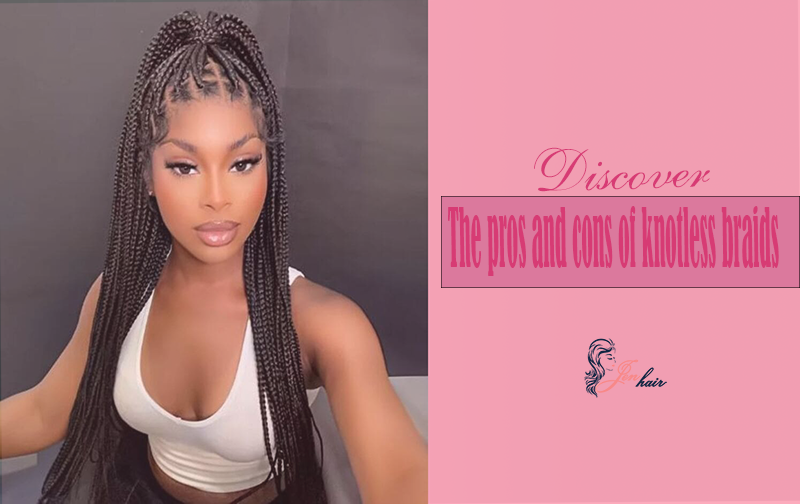 Discover the pros and cons of knotless braids
Discover the pros and cons of knotless braids
